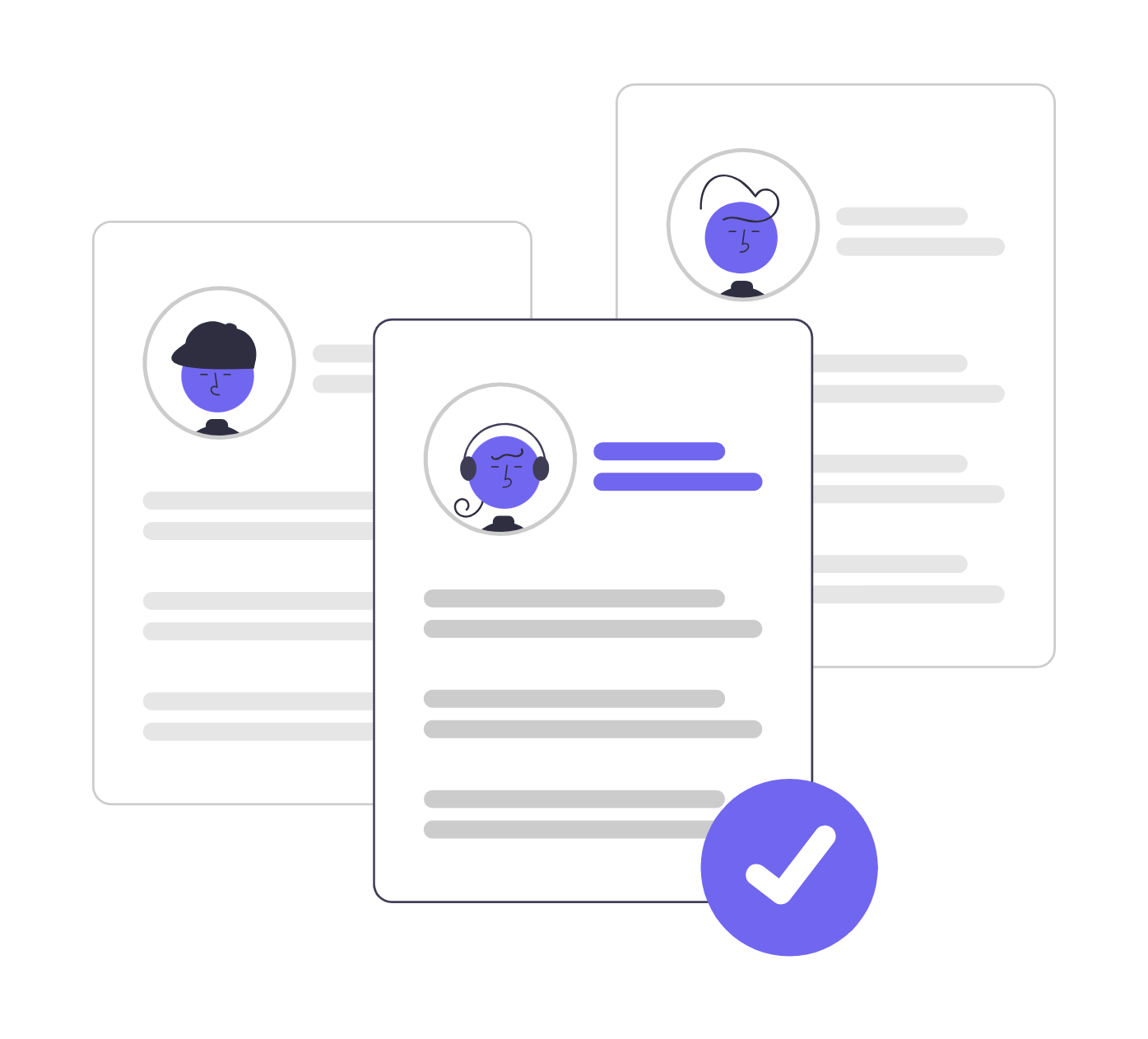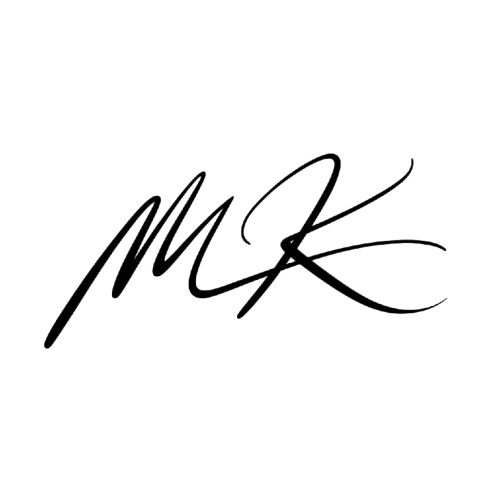Share
Hiring isn’t just about filling roles—it’s about shaping the future of your company. But here’s the hard truth: even experienced hiring managers make mistakes that silently derail team performance, productivity, and retention.
And those mistakes? They don’t always show up immediately. Sometimes, the wrong hire seems fine on paper. But months later, you’re stuck managing fallout—team tension, missed deadlines, or another resignation letter.
This guide breaks down the most common hiring mistakes—based on real insights from HR leaders, startup founders, and performance-based hiring experts—and shows you how to avoid them.
Why Hiring Mistakes Are So Costly
A single misstep in your hiring process can ripple through your entire organization:
- Low morale: One toxic hire can sour team dynamics fast.
- Lost productivity: Time spent onboarding the wrong person is time lost.
- Turnover costs: Hiring, onboarding, and training again costs thousands—per role.
- Reputation damage: Word spreads fast when employees feel mismatched or misled.
Avoiding hiring mistakes doesn’t require perfection—but it does demand intention, structure, and self-awareness.
1. Hiring from Your Inner Circle by Default
Startups and small teams often lean on personal networks—hiring friends, family, or ex-colleagues. While it’s convenient, it can also blind you to better-fit candidates.
How to avoid it:
- Only hire from your network if you’re prepared to treat them like any other candidate—objective interview, probation period, performance metrics.
- Actively source beyond your circle using job boards, referrals, or recruiters.
Eliminate low-effort applicants—including those who use AI Tools to apply, copy-paste answers, or rely on "one-click apply." This way, you focus only on genuine, committed, and high-quality candidates—helping you avoid costly hiring mistakes.

2. Writing Job Descriptions That Confuse or Oversell
A job description is a strategic filter. It should attract the right people and repel the wrong ones. But too often, it’s vague, bloated with buzzwords, or unrealistic.
How to avoid it:
- Focus on outcomes: What will this person achieve in the first 90 days?
- List must-have skills separately from nice-to-haves.
- Describe your values honestly—this helps with culture fit.
3. Talking More Than You Listen in Interviews
The interview isn’t about selling the job. It’s your one chance to understand how a candidate thinks, reacts, and communicates.
How to avoid it:
- Use open-ended behavioral questions (e.g., “Tell me about a time when…”).
- Don’t fill every silence—let candidates elaborate.
- Split the interview: assess them first, then explain the role.
Easily administer one-click skill tests with workscreen. -This way you can Assess candidates based on real-world ability—not just credentials like résumés and past experience. This helps you hire more confidently and holistically.

4. Prioritizing Resumes Over Real Skills
Too many hiring decisions are based on resumes, degrees, and job titles—not actual capability.
How to avoid it:
- Incorporate skill-based tasks or real-world assignments into your process.
- Focus on what they achieved, not just where they worked.
- Ask: “Could this person succeed in the specific challenges of this role?”
5. Rushing the Process Because You Need Someone ‘Yesterday’
Urgency often leads to compromised decisions—especially when you skip crucial steps like testing, reference checks, or team alignment.
How to avoid it:
- Build a bench of potential candidates before you need them.
- Use clear, repeatable systems (screening, scoring, follow-ups).
- Remember: hiring slow is better than rehiring fast.
6. Limiting Your Talent Pool to One Location
In today’s remote-friendly world, there’s no reason to restrict yourself geographically unless you absolutely must.
How to avoid it:
- Consider remote-first roles where possible.
- Use international job boards and platforms.
- Structure roles around outcomes, not time zones.
7. Neglecting Cultural Fit (Or Misunderstanding What It Really Means)
Culture isn’t about whether someone’s “fun” or “friendly.” It’s about whether their values and work style align with your environment.
How to avoid it:
- Define your values clearly—not just vague words, but how they show up in daily work.
- Ask thoughtful questions about work style, communication, and collaboration.
- Involve team members in interviews to assess compatibility from different angles.
Quickly identify your most promising candidates. WorkScreen automatically evaluates, scores, and ranks applicants on a performance-based leaderboard—making it easy to spot top talent, save time, and make smarter, data-driven hiring decisions.

8. Skipping Reference Checks (Or Doing Them Too Late)
A quick phone call to a former manager can reveal more than any interview or resume ever will.
How to avoid it:
- Always check 2–3 references before making the final offer.
- Ask specific questions:
- “What was it like to manage this person?”
- “Would you rehire them?”
- “What advice would you give their next manager?”
9. Not Measuring Hiring Success Over Time
Hiring doesn’t end when someone signs the offer. If you’re not tracking outcomes, you’re flying blind.
How to avoid it:
- Time-to-productivity
- Retention at 6 and 12 months
- Quality-of-hire (via manager reviews)
- Use this data to refine sourcing, screening, and interviewing practices.
Final Thoughts: Smart Hiring is Intentional Hiring
There’s no silver bullet for hiring—but the costliest mistakes often come from cutting corners, moving too fast, or relying on outdated assumptions.
By building a process grounded in clarity, objectivity, and insight, you give yourself the best chance of finding people who not only perform—but thrive.
Because the right hire doesn’t just fill a seat. They raise the bar for everyone.
FAQ
A Type 1 error in recruitment refers to a false positive—when a candidate is hired who turns out to be a poor fit for the role. This mistake typically happens when the hiring process overweights charm, credentials, or interview performance, while underweighting real-world ability, attitude, or cultural fit. To reduce Type 1 errors, incorporate skill assessments, structured interviews, and team-based evaluations into your process.
This is a common issue. Some candidates are excellent interviewers but underperform once hired. The solution lies in building checkpoints into your process:
- Use job trials, skills tests, or project-based evaluations.
- Set clear 30/60/90-day goals with frequent check-ins.
- Document concerns early and provide feedback.
If the fit doesn’t improve, be decisive—don’t prolong mismatches.
The biggest challenge is predicting future job performance from limited information (like résumés and interviews). That’s why traditional hiring methods often lead to costly mistakes. The best way to overcome this is to:
- Collect objective data through skills tests and structured scoring.
- Reduce reliance on gut instinct.
- Build a repeatable, bias-resistant hiring framework.
Gut instinct has a place—but it should never be your only input. Intuition can help flag concerns, but it’s prone to unconscious bias. Always balance it with structured interviews, data-driven evaluations, and second opinions from your team.
Generally, two to three rounds are ideal. More than that can lead to candidate fatigue and drop-off. Use the early rounds for filtering and the final round for alignment with team and culture. Always respect candidates’ time.

